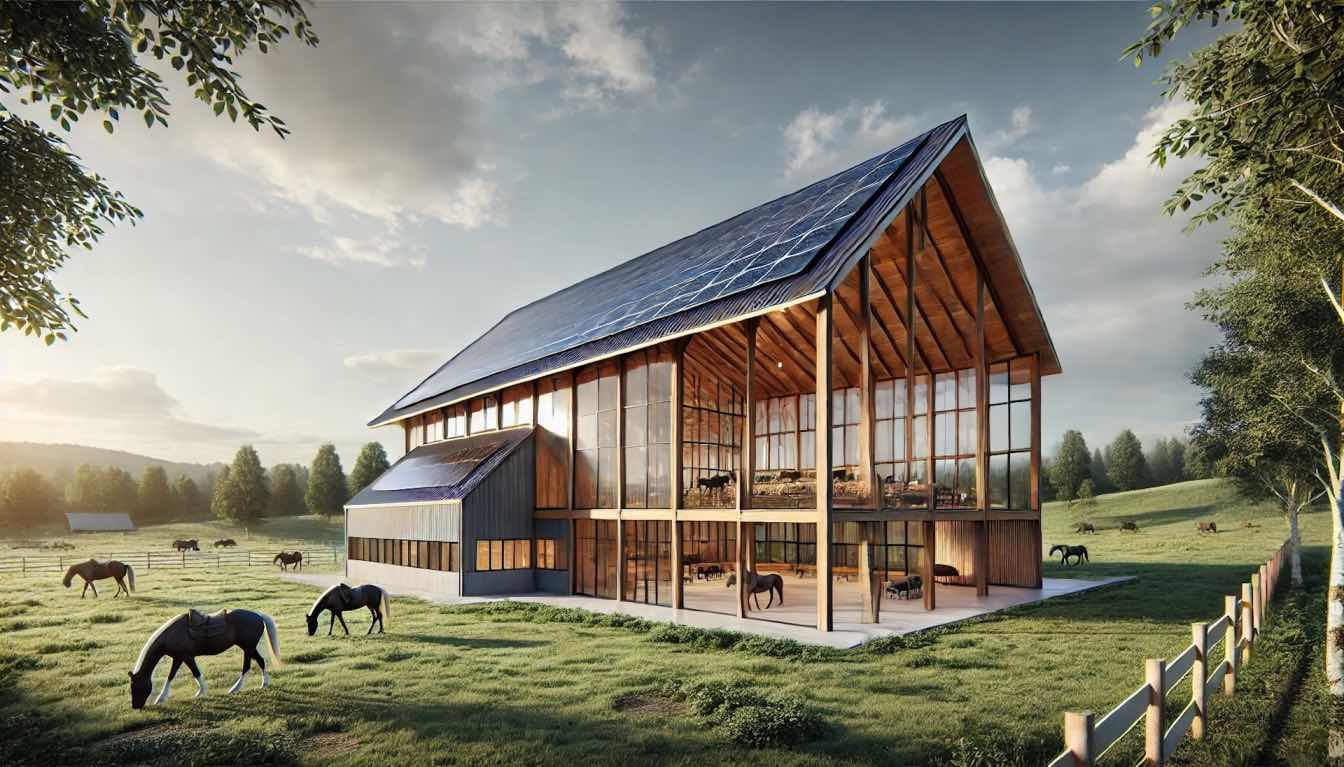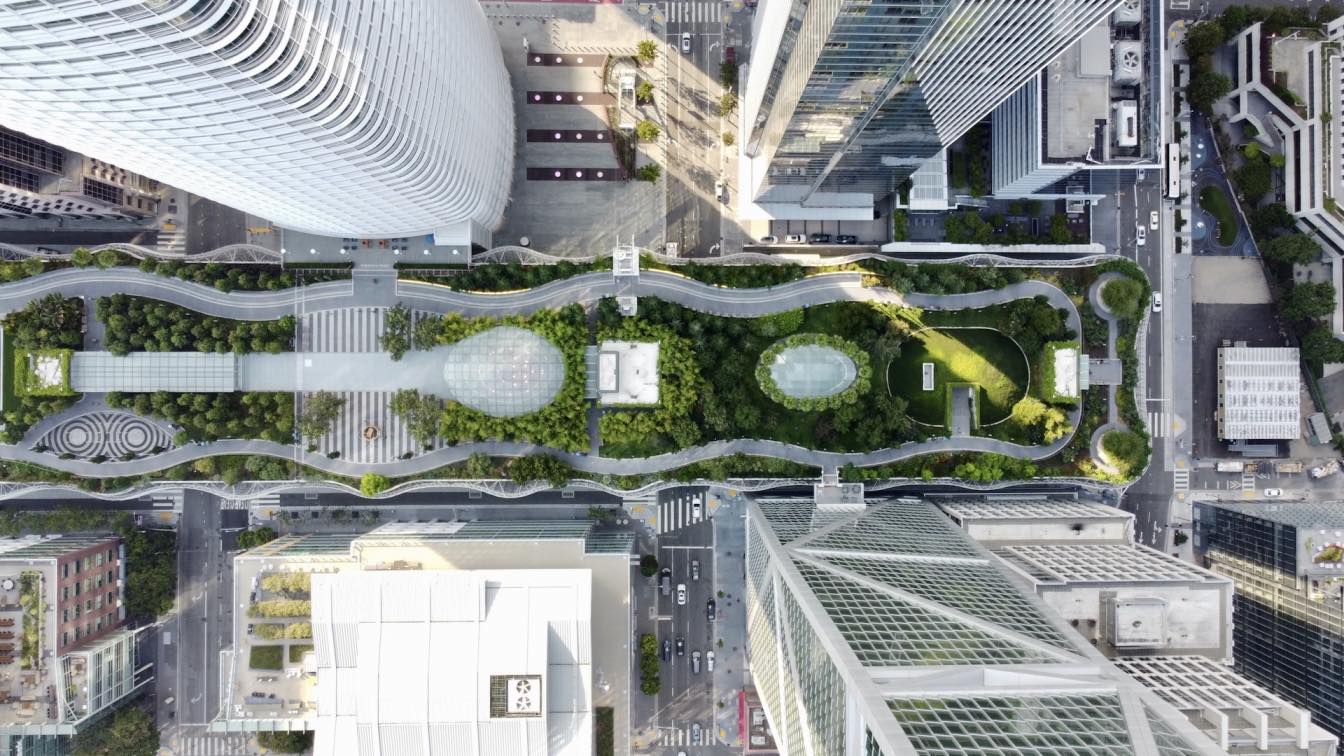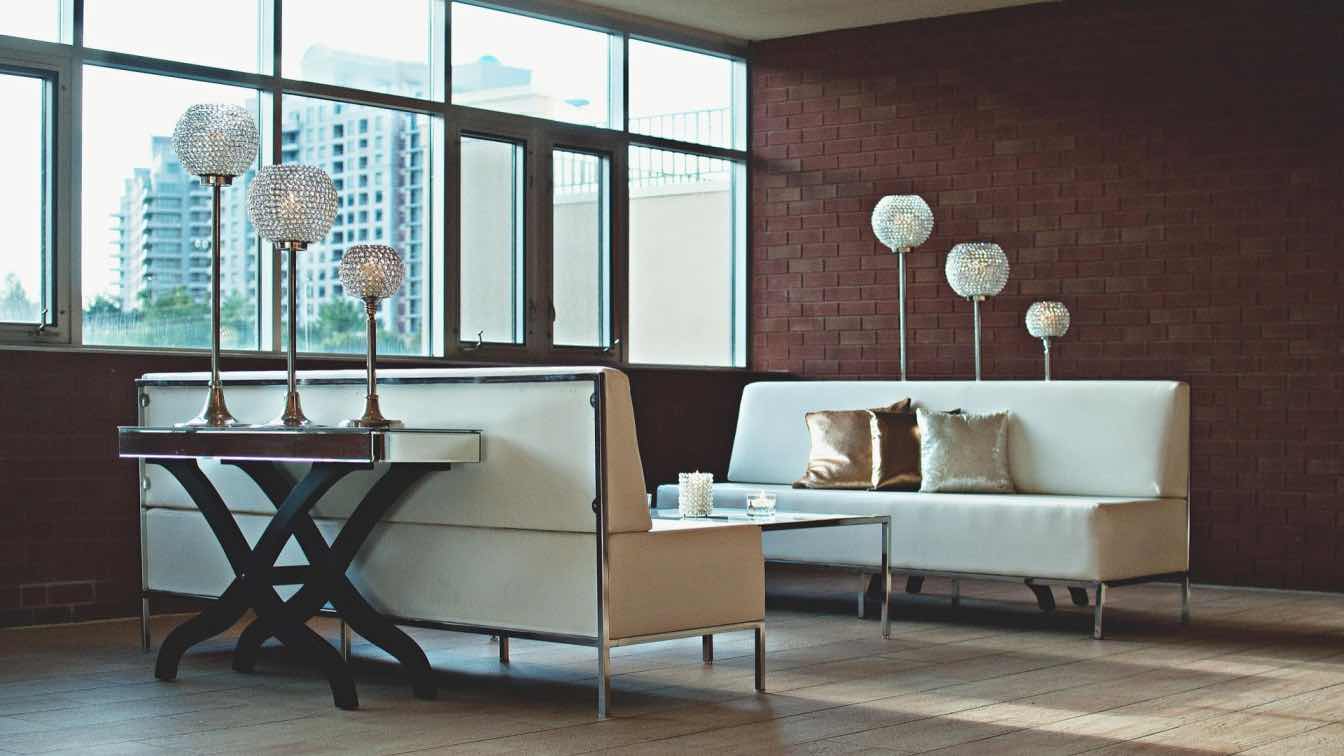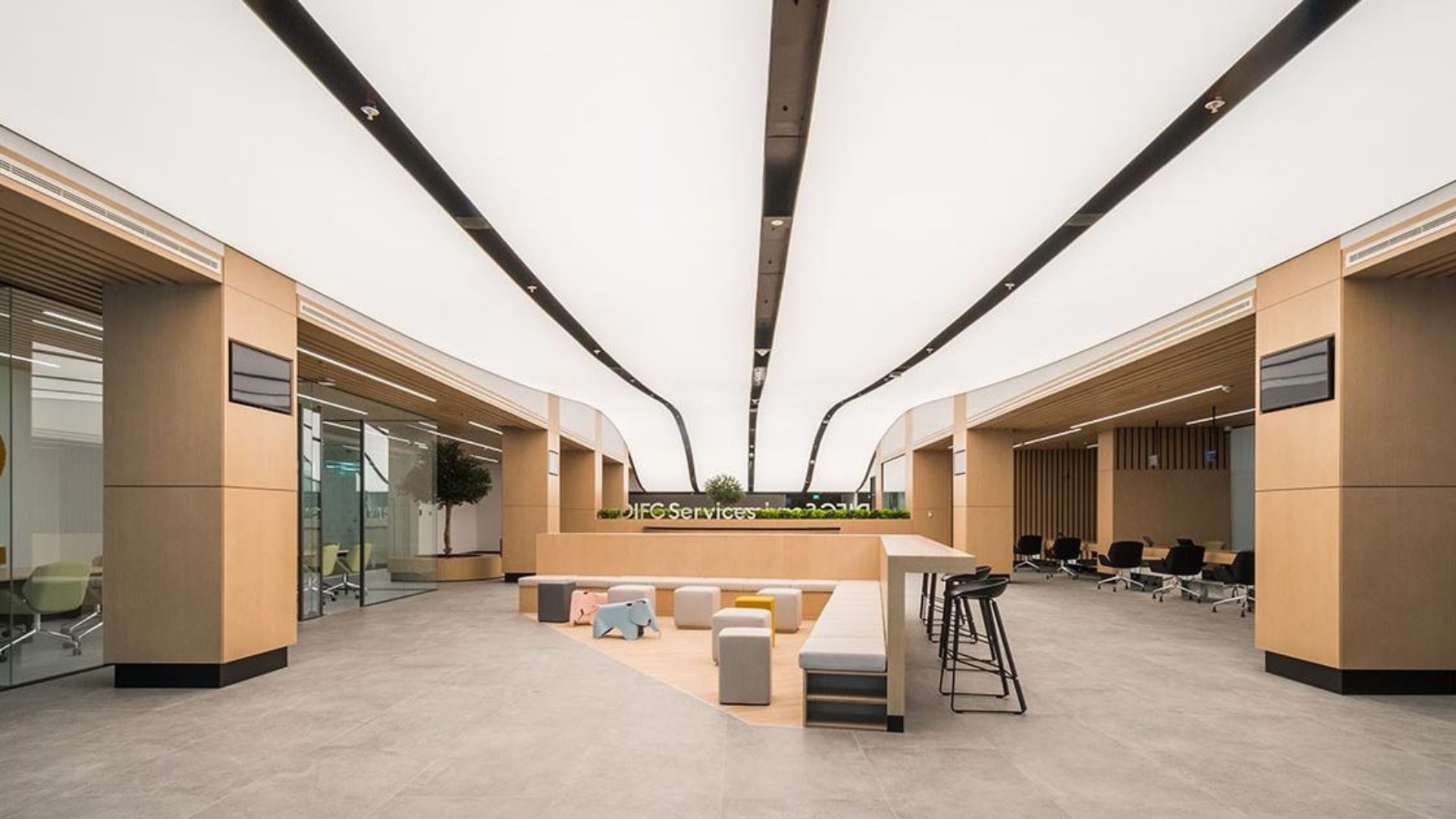If you spend any amount of time on the Internet, you know that it’s “sustainable this” and “eco-friendly that”, and it seems that “sustainability” is almost being shoved down our throats.
And while all of that might cause some eye-rolls and deep sighs, there’s actually a good reason for all of that – sustainability is good for the economy, environment, and society.
Today, we’re focusing on sustainable horse barns, which might sound like a fleeting trend, but a sustainable horse barn will protect the environment and ensure the well-being of your horses, so it’s a win-win.
Imagine a barn that harnesses the power of the sun, captures rainwater, and uses materials that don’t harm the environment. What's not to like? This kind of innovative design can reduce your carbon footprint and create a healthier, more comfortable space for your horses.
Key Elements of Sustainable Horse Barn Design
If you’re thinking about building a sustainable horse barn, it means that you’ll have to make choices that benefit the environment, reduce long-term costs, and create a healthier space for your horses.
It sounds very difficult and challenging. And to be fair, it’s not the easiest thing to do. But. If you plan everything out and you know what to expect, the whole process gets A LOT easier.
Sustainable Building Materials
This is your foundation – choosing the right materials. Using recycled or renewable materials can make a huge difference.
For example, using recycled wood and metal means that there will be less demand for new resources, plus you’re minimizing waste. Renewable materials like bamboo or sustainably harvested wood are a greener alternative and they also bring natural beauty and strength to the structure.
The air quality is another very important factor, so you’ll need to use non-toxic, eco-friendly paints and sealants. Low-VOC (Volatile Organic Compounds) options will help keep the air clean, which is important for both humans and horses.
Then there’s insulation, which is critical. Sheep wool and recycled denim are both sustainable ways to insulate the barn.
Energy Efficiency
The cornerstone of sustainable barn design – energy efficiency. Integrating solar power into your barn’s operations is practical and environmentally friendly.
Solar panels can help power the lighting, heating, and ventilation, and you won’t need to rely on non-renewable sources of energy as much. It’s also a cheaper long-term option. Beyond just producing electricity, solar panels also help in reducing surface temperature, helping the barn stay cooler, simply by being there. Also, a typical solar panel efficiency ranges from 15-23%, while more costly options can go as high as 40-50%. Regarding type, monocrystalline solar panels are generally considered the best, followed by polycrystalline and thin-film solar panels. And contrary to popular belief, extremely hot climates can actually reduce their efficiency, with the ideal temperature being 77°F (25°C).
And speaking of lower costs, you can save even more if you play around with natural lighting. This plays a big part in sustainable environments. Skylights, large windows, and transparent roofing materials will give you a chance to get the most out of daylight, and it will also be better for the horses because it mimics their natural environment, thus strengthening the circadian rhythm of horses. If natural light is not an option, then consider LED lighting. Research shows that using a “warm” white light (3000K) has a positive effect on stationary/confined horses by reducing their stress levels.
Ventilation is just as important as lighting, so make sure to design a barn with cross-ventilation and natural airflow. This way, there’s a lot less need for mechanical systems. Natural ventilation improves air quality, and that’s essential for preventing respiratory issues in horses.
3 Innovative (and Sustainable) Horse Barn Designs
Fresh/new design ideas make a colossal difference when it comes to how sustainable something is. As technology advances, more efficient ways to improve horse barns emerge. And this is all about utilizing what’s available to you.
And these improvements, not only will they be more sustainable & eco-friendly, but they will also positively affect the quality of the horses’ lives.
1. Modular and Flexible Designs
This is an absolute game-changer. These types of barns are built in sections that can easily be moved or added around as your needs change.
For instance, you can start with a simple two-stall barn and add more horse stalls or a tack room later on without having to tear the building down or having to rebuild anything. This saves time, materials, and of course (and not in any way least important), money.
And because modular pieces are usually made in a factory, there’s less waste compared to traditional construction.
2. Green Roofing and Walls
These options are becoming more and more popular, and it’s not hard to see why. A green roof is covered with plants, which helps keep the barn cooler in the summer and warmer in winter.
It’s natural insulation, so you’ll use less energy to heat and cool the barn. Another great thing about green roofs is that they soak up rainwater, which reduces runoff and helps prevent flooding.
Green walls are also covered with plants and they can improve air quality inside the barn and make the space look nicer. Plus, because of the way green walls diffuse sound waves, they actually help with noise pollution, making for a more tranquil environment inside of the barn.
3. Water Conservation Techniques
Saving water is a big focus in sustainable designs. There are rainwater harvesting systems that collect rain from the roof and store it for later use, like cleaning or watering horses. This means that you don’t need to depend so much on local (often expensive) sources, especially during dry seasons.
Greywater systems take it a step further; they reuse the water from the barn activities, like washing horses, for things like irrigation or flushing toilets.
These types of systems will make your barn more self-sufficient and reduce water waste. The environment will thank you, and so will your bank account (in the long run).
Conclusion
A sustainable horse barn isn’t just good for the environment – it’s also better for your horses, and it can save you money in the long run.
With this article you’ve got an idea of what you can do (even today) in order to make that horse barn more sustainable. We’ve gone through smart designs (e.g., modular construction, water-saving systems, etc.), and shown you ways of how you can build a barn that’s comfortable, eco-friendly, and efficient.
Look at it this way – you’re caring for your horses plus the planet simultaneously.





